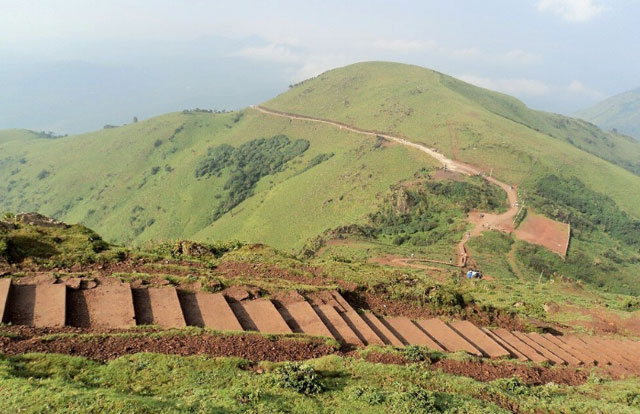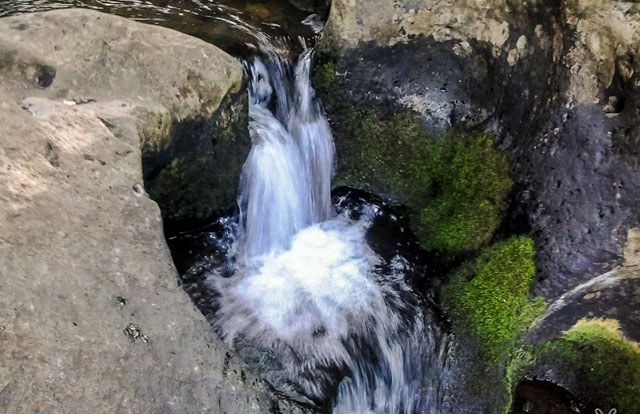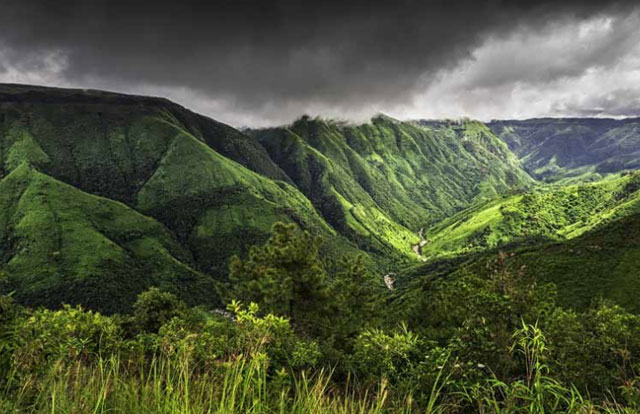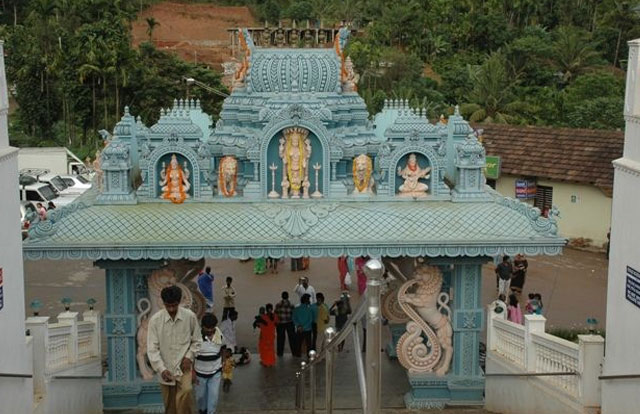Click to Call
In and Around Homestay
Mullayanagiri
Mullayanagiri is best known as a hub for adventure enthusiasts, especially trekkers as this destination is adorned with perfect trek trail. The starting point of this 4 km trek is Sarpadhari with steep trail and full of thrill. One can also drop a sweat with other blood pumping activities such as mountain biking and road biking. The place is perfect for those looking for solitude as well as visitors with an adventurous streak. Chikmagalur serves as the nearest town to Mullayanagiri peak. You can explore the small caves, which are located just below the peak, and also view statues of Shiva's celestial bull Nandi on the way up. There is a temple of Lord Shiva on the hilltop. Standing atop the peak on a clear day, you can see the Western Ghats in their full-fledged glory

Baba Budangiri
Baba Budangiri is a mountain in the Baba Budan range of the Western Ghats of India. Located in the Chikkamagaluru taluk, Chikkamagaluru District of Karnataka, Baba Budangiri is known for its shrine to the Sufi saint Hazrat Dada Hayat Khalandar, a pilgrimage site for both Hindus and Muslims. Sangh parivar organizations started "Datta Jayanti" celebrations in the late 1990s as part of their fight to claim "Sri Guru Dattatreya Bababudan Swami Dargah" as a Hindu shrine. People go to have a darshan of the 'paduka' at the shrine. The main peaks in this range are the Mullayanagiri and Baba Budangiri (height 1895 m).

Kallathigiri Falls
Kallathigiri Falls is one of the major tourist spots of the Chikmagalur region, is located at a distance of 10 km from Kemmangundi in Karnataka. This waterfall is also known as Kalathigiri Falls or Kalahasthi Falls. Water cascades down from the top of the Chandra Drona Hill from a height of 122 meters amidst fascinating scenery.
Veerabhadra Temple and the waterfall are said to have an ancient connection with Maharishi Agastya, a famous Hindu saint. It is believed that Maharishi Agastya prayed at the site for a long time.

Agumbe
Often called the Cherrapunji of South India, Agumbe is known for its scenic beauty and bio-diversity. Nestled on a plateau on top of Someshwara Ghat, it is located at a distance of 380 km from Bangalore. Situated in Shimoga district of Karnataka, Agumbe gets its sobriquet because it receives 7,640 mm of mean annual rainfall, the second highest annual rainfall in India.
Agumbe is a high-altitude village in the southwest Indian state of Karnataka. Surrounded by the Western Ghats mountains and lush rainforest, it’s known its many waterfalls, such as Onake Abbi, Bakarna and Jogi Gundi falls. The Sunset View Point overlooks forested valleys. Nearby is Sri Venugopala Krishna Swamy Temple. To the south, tigers, leopards and king cobras live in Someshwara Wildlife Sanctuary.

Bandaje Falls
Bandaje falls is formed by a tributary of Netravathi river and is located in a remote area of western ghats, which can be reached through trekking with the help of guides. Height of waterfalls is about 200 feet. The path to Bandaje falls from Valambra goes through thick ever green forest which ends in grass lands and those who trek without guide are likely to be lost in forest. To visit Bandaje Falls, there are two different routes. If you are travelling via Mangalore - Ujire, it is located 25 km from Ujire. Travel 6 km from Ujire towards Charmadi Ghat, take left at Somanthadka, travel for another 6 km, then take a right turn, and travel for 2 km to find a village named kadirudyavara, from where you can have the remote view of the Falls. However, you have to trek for 10 more km from Kadirudyavara to reach the falls.

Horanadu / Kalasa
“Sri Kshetra Horanadu” is situated on the banks of river Bhadra in a remote corner of Chikkamagaluru dist, Karnataka, surrounded by the natural vegetation, forest, green lands, and natural beauty of the Western Ghats. The great deity of Adishakthyathmaka Sri Annapoorneshwari’s Prathistapana was done by his holiness Agasthya Maharishi several centuries back. The hereditary Dharmakartharu of our family started 400 years back. Till the 5th Dharmakartharu, the temple was having a very small structure surrounded by full of natural vegetation and forest. Even then at least one or more people used to visit the temple, have pooja and were provided with free food {annaprasadam} and shelter and it is continued till date.


